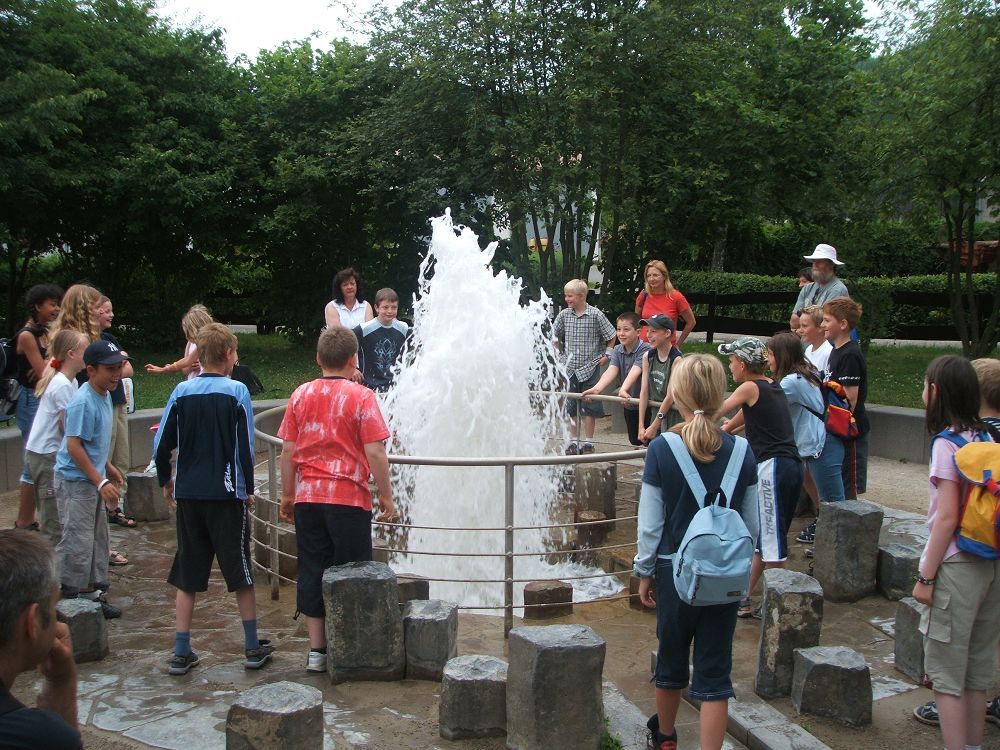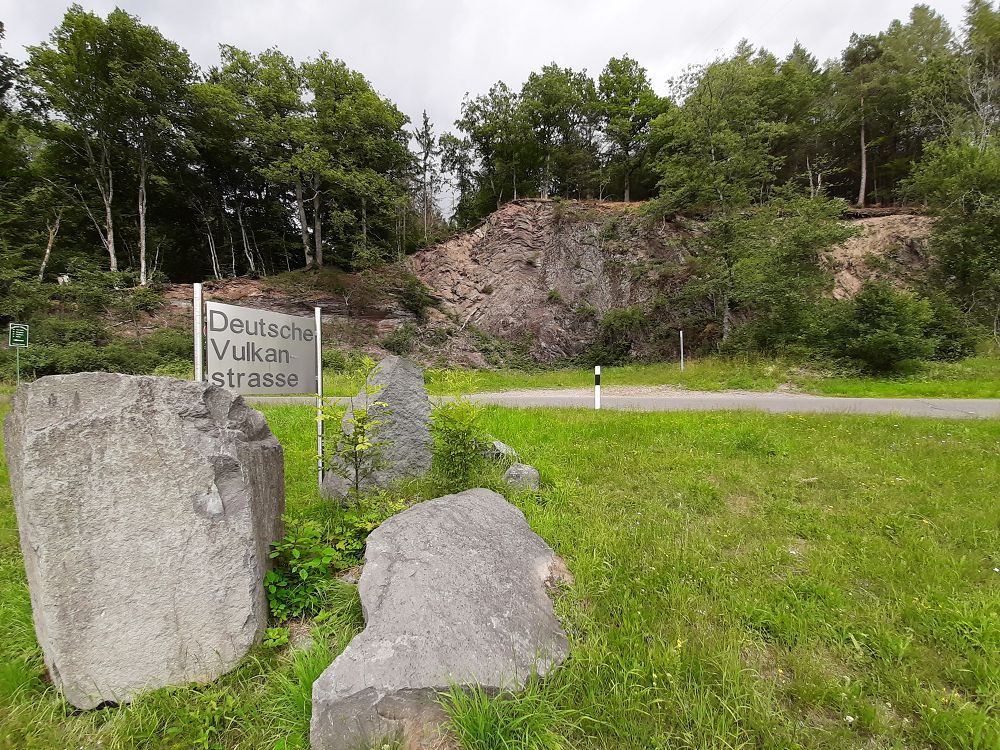24. Holzmaar (Wood Maar): Muddy weather records
24. Holzmaar (Wood Maar): Muddy weather records
'And what was the weather like?' is a question we are often asked when we have been on holiday. And it is one we can answer easily. It is much more difficult, though, when we have to look a lot further back - to a time before any weather records were kept.
Scientists from the Geoforschungszentrum Potsdam (German Research Centre for Geosciences in Potsdam) have been examining the mud of the Holzmaar as a way of investigating the weather in prehistoric times. The mud in the bottom of the maar serves as a valuable archive, because everything which lived in the lake or was washed into it over thousands of years has collected there. As algae are dependent to a large extent on water temperature and sunlight, scientists can tell from the amount of the remains of algae and the different species present whether those lived in warmer or cooler periods. The point in time from which humans settled here is also recorded in the bottom of the lake.
Afforestation, deforestation and agriculture have all had an impact on the substances and nutrients which have been washed into the lake. The 'clock' on the bottom of the maar is formed of so-called varves. Each varve can be recognised as the series of layers of sediment laid down in the course of one year, with the layers differing in accordance with the seasons. By counting the number of varves, it is possible to establish fairly accurately when the mud particles were deposited. So far scientists have been looking back over the Holzmaar 'weather records in the mud' for the past 15,000 years.
 English (UK)
English (UK)  Deutsch
Deutsch 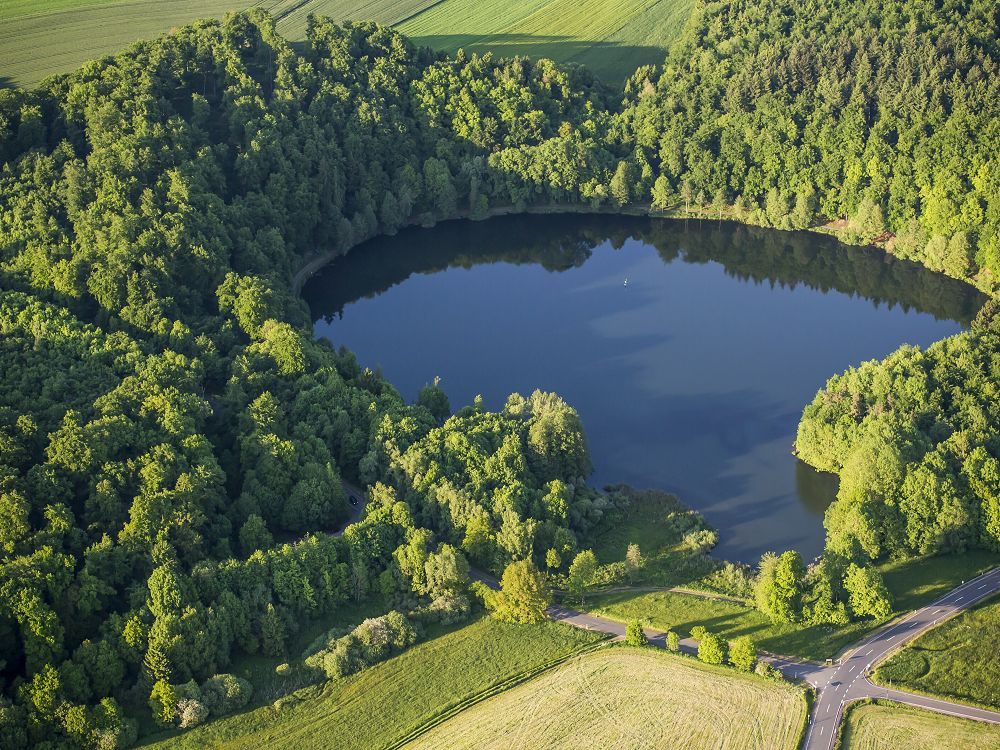
-b2624706.jpeg)
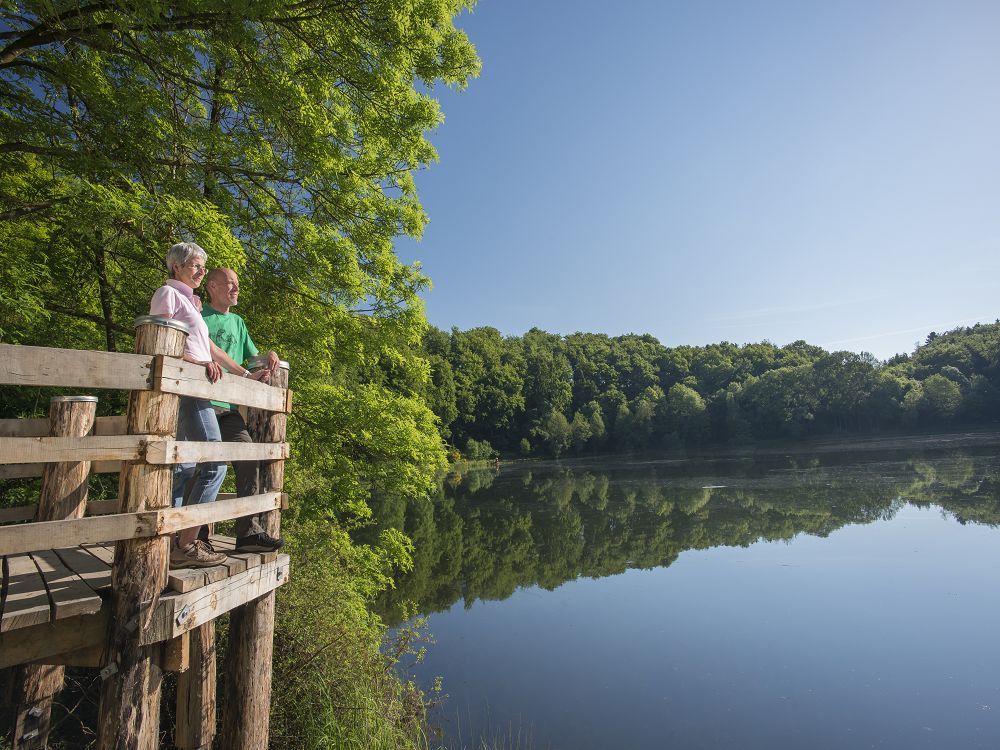


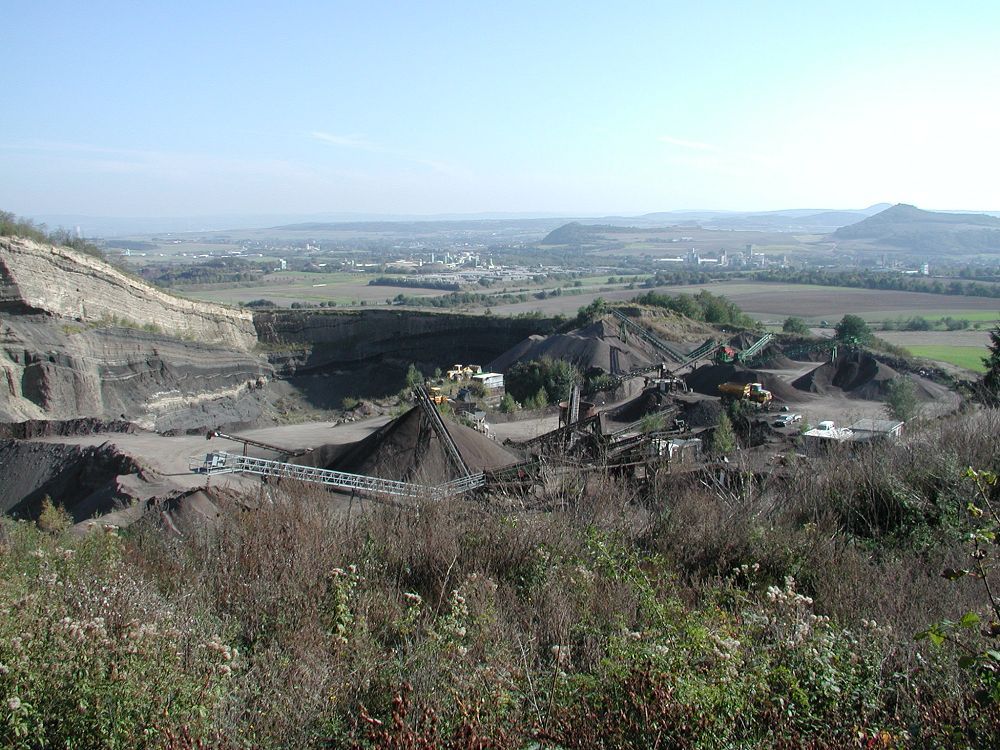

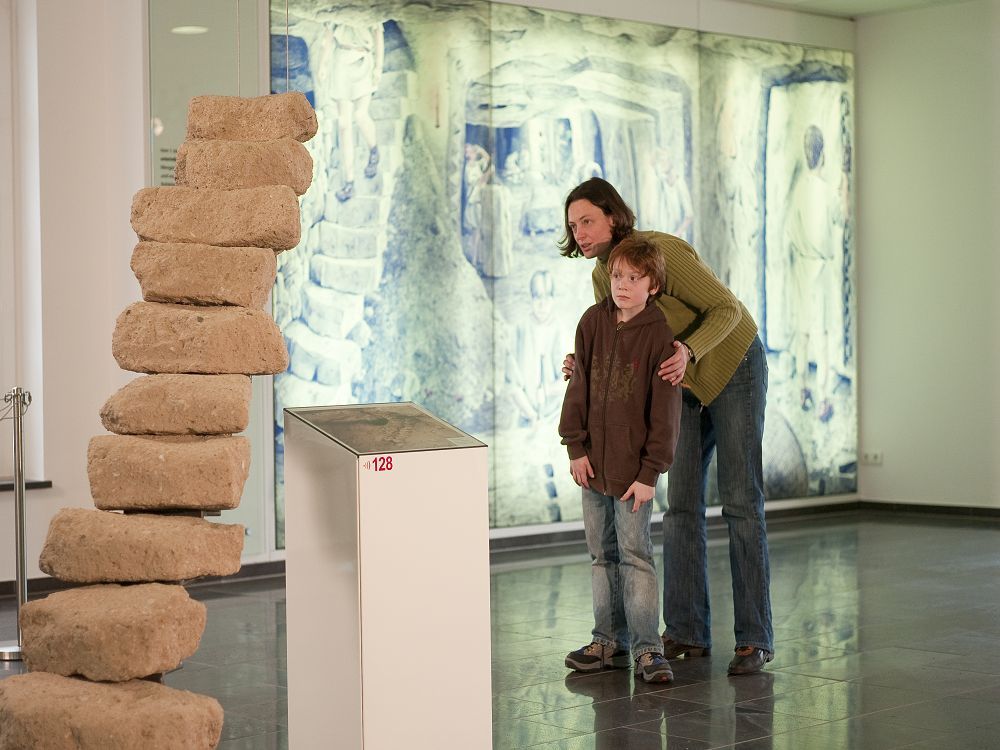


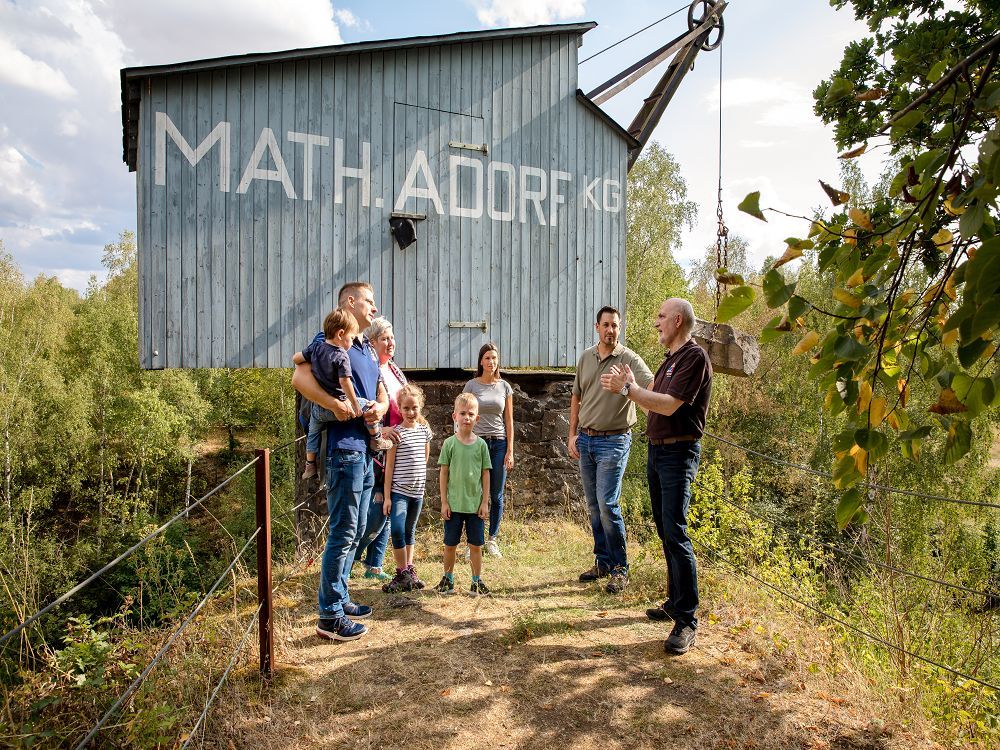
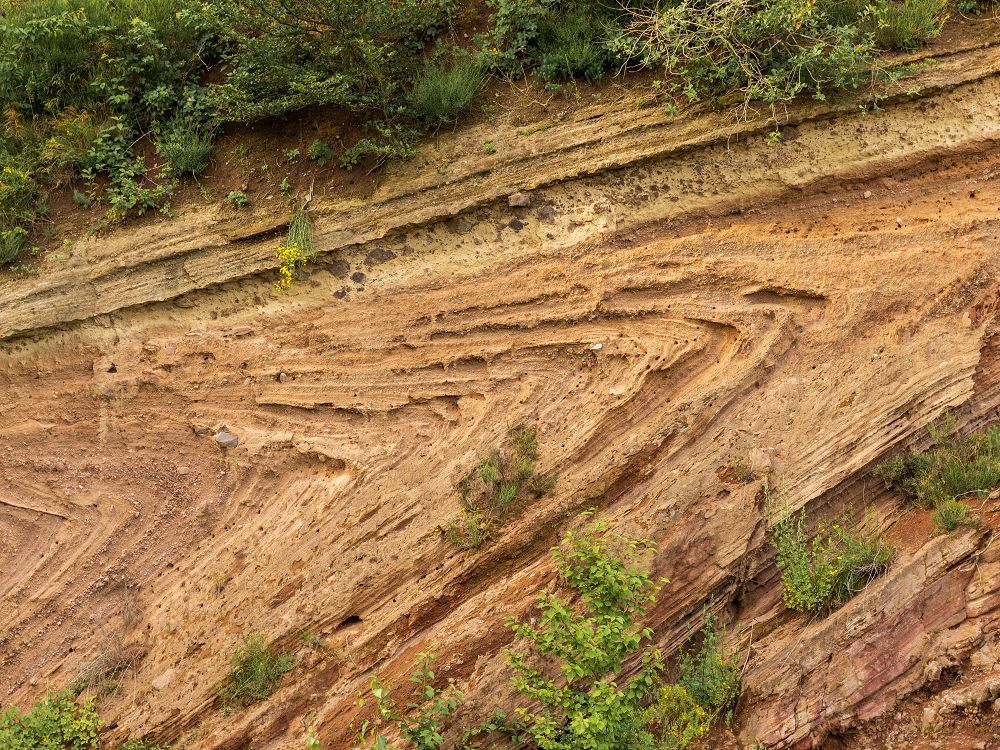





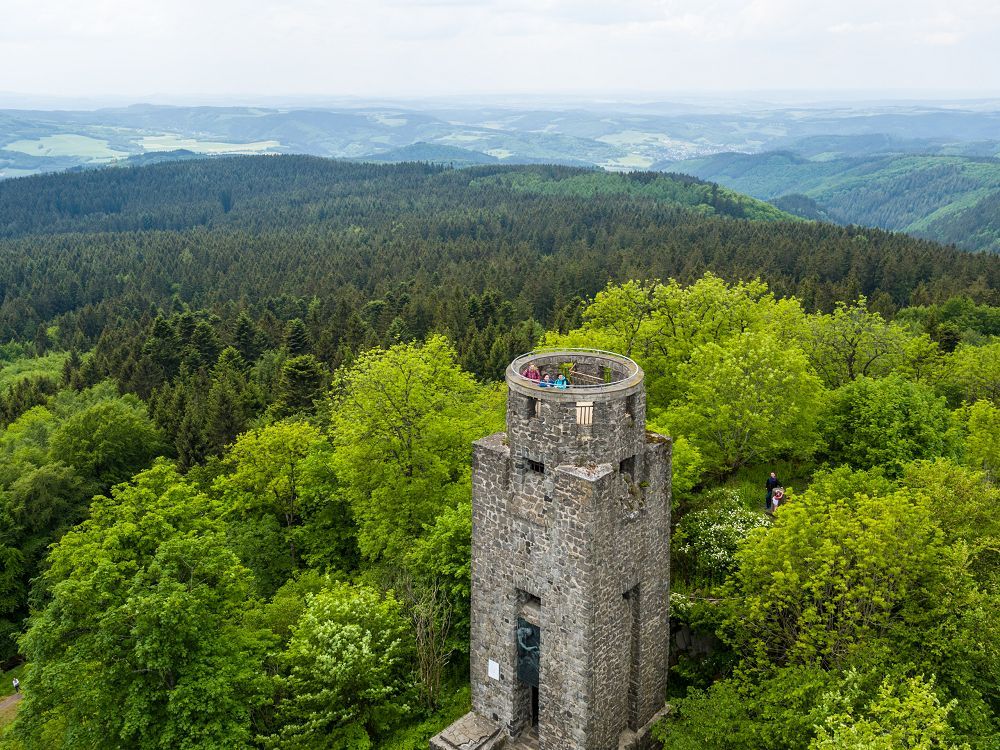

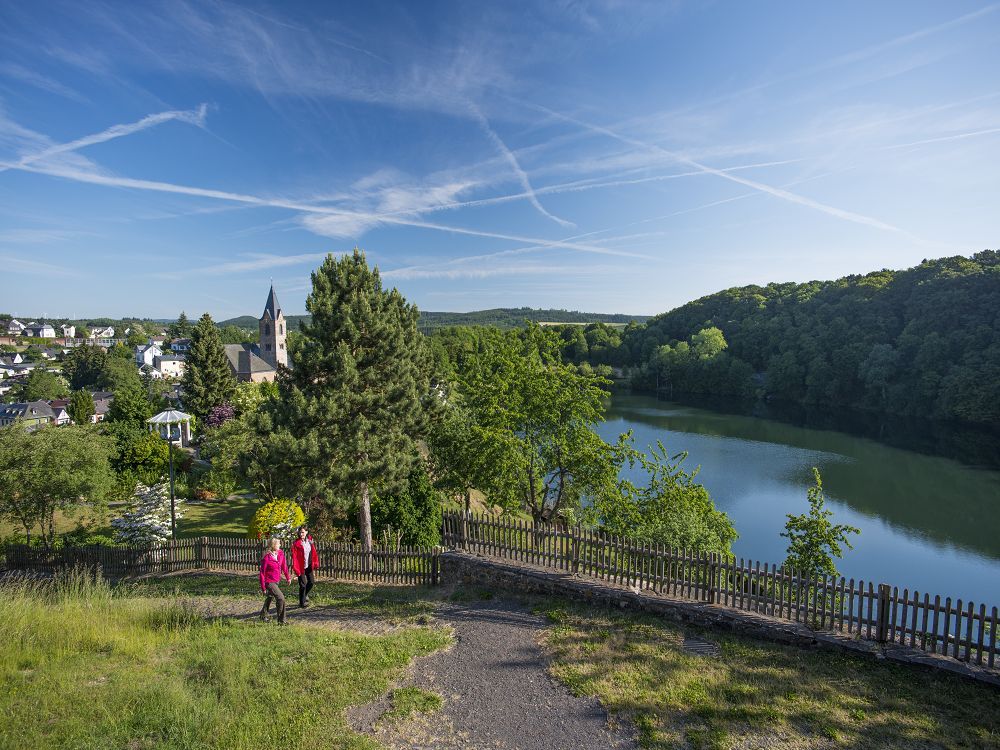
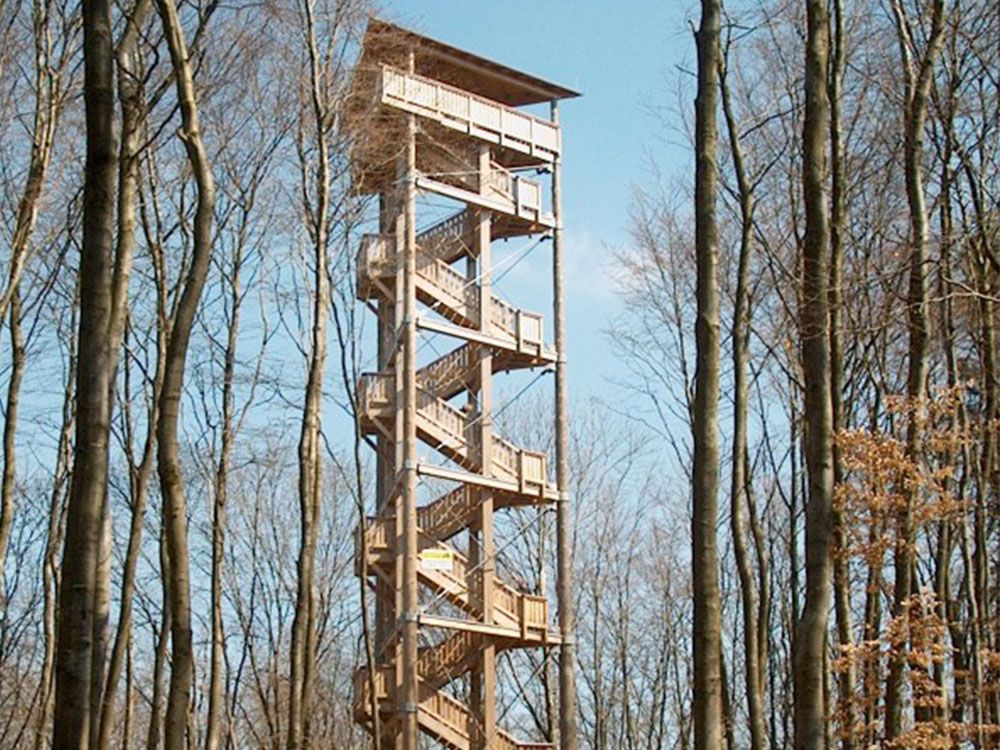


-df08adc9.jpeg)



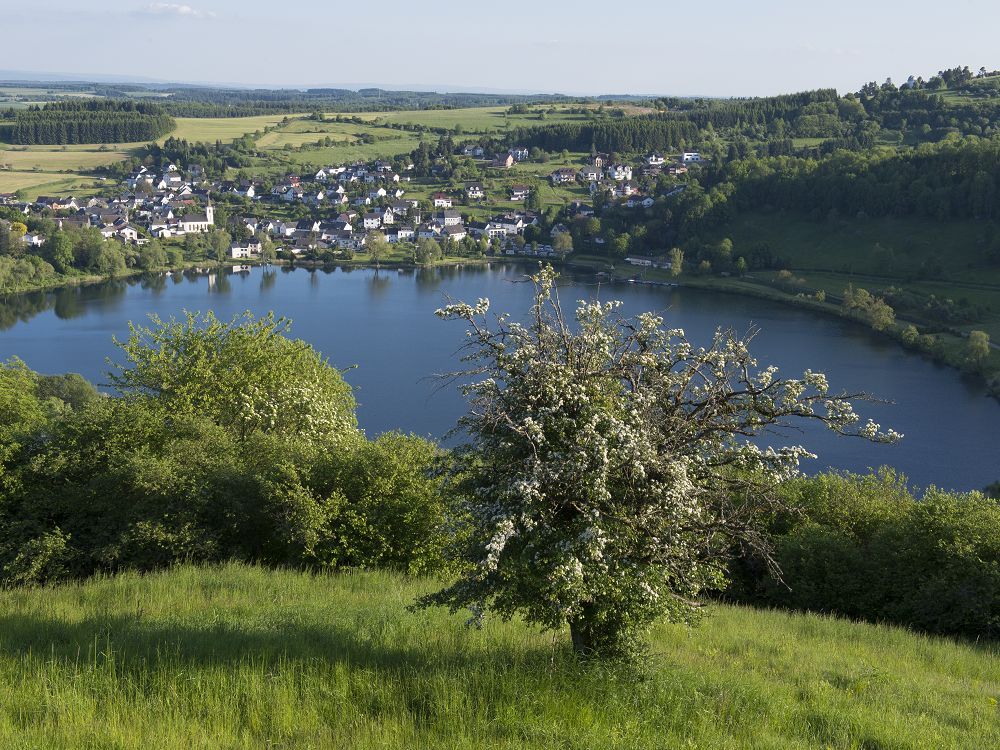
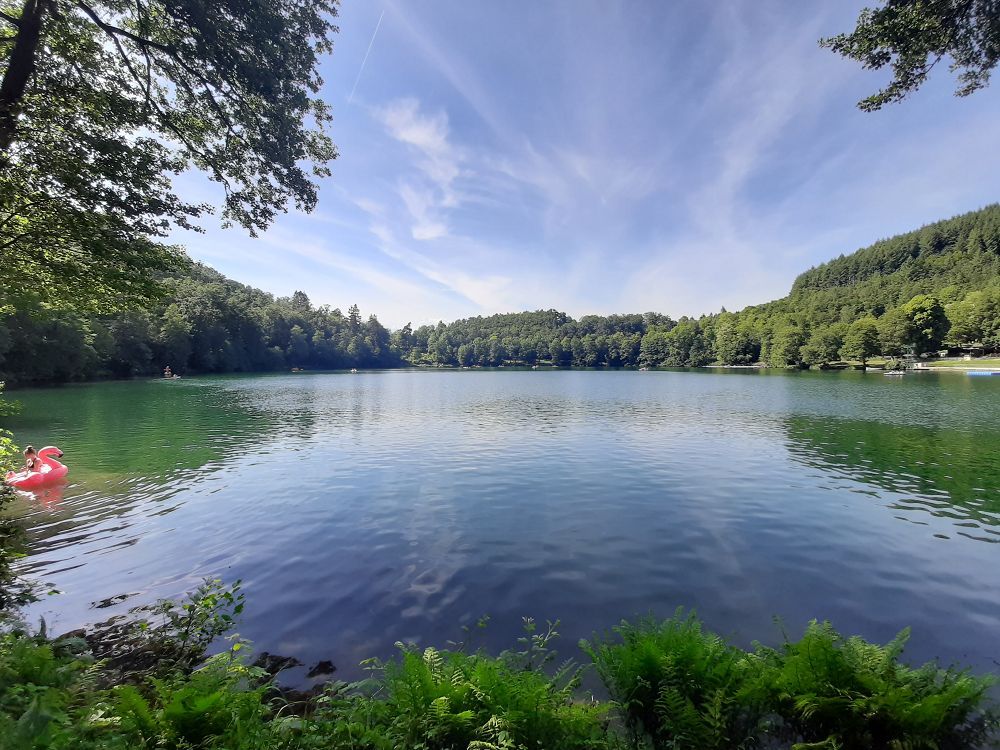
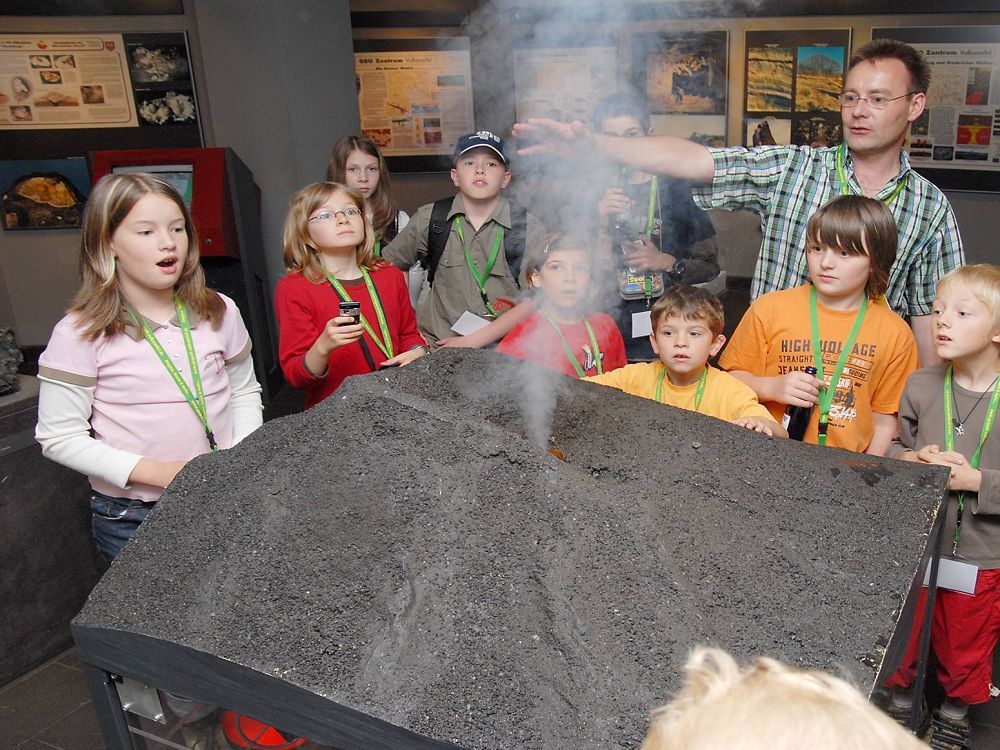
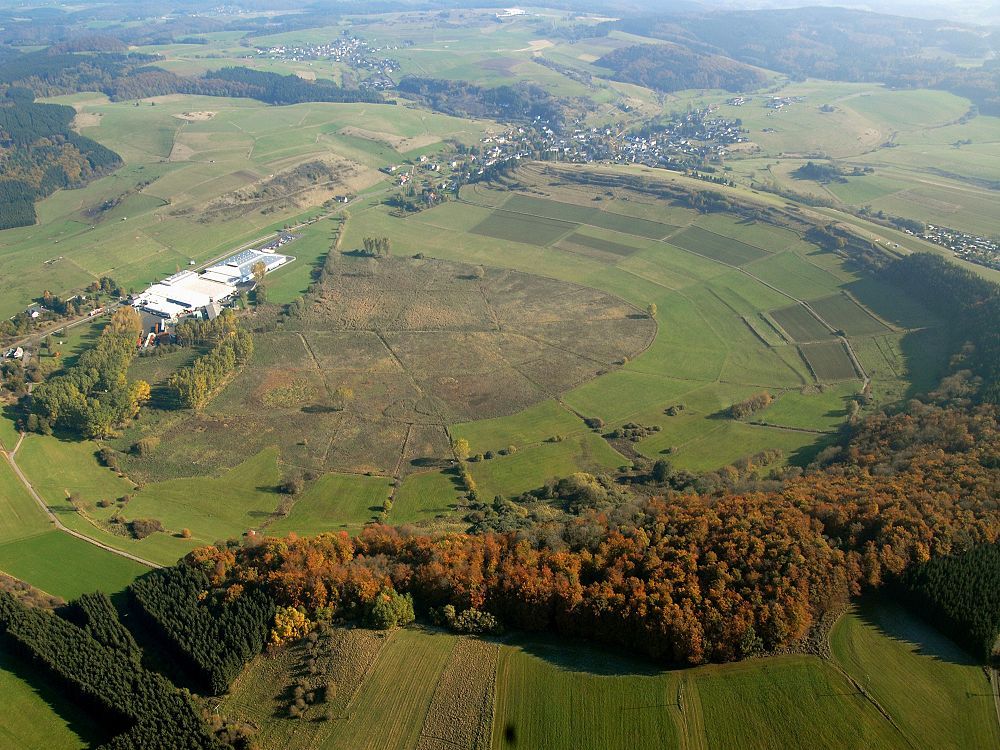
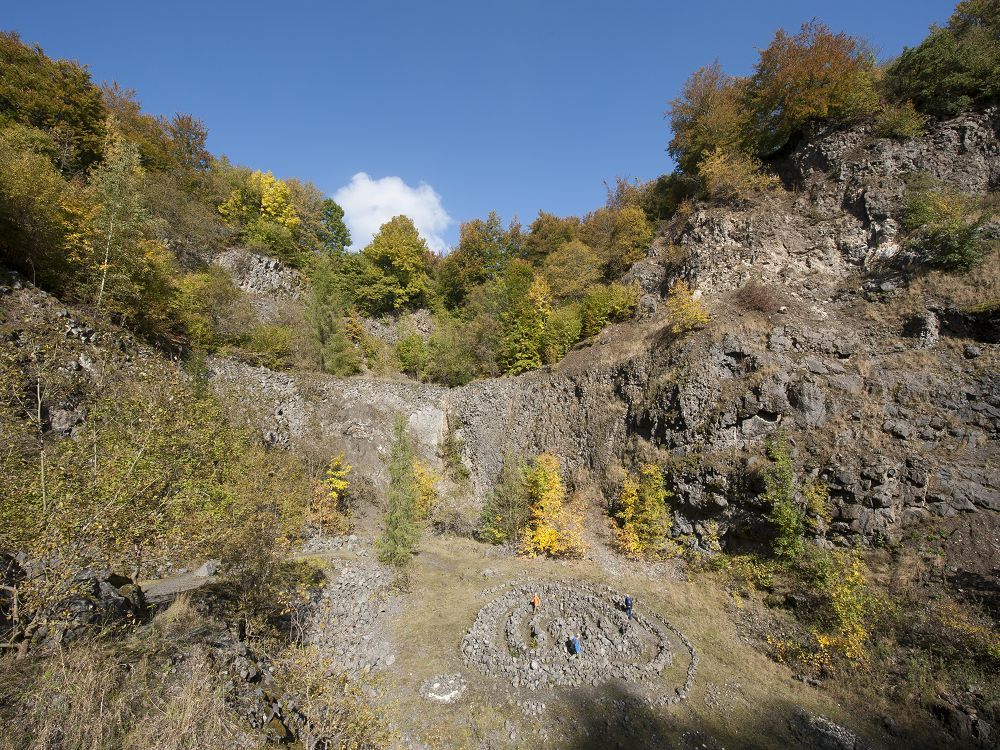
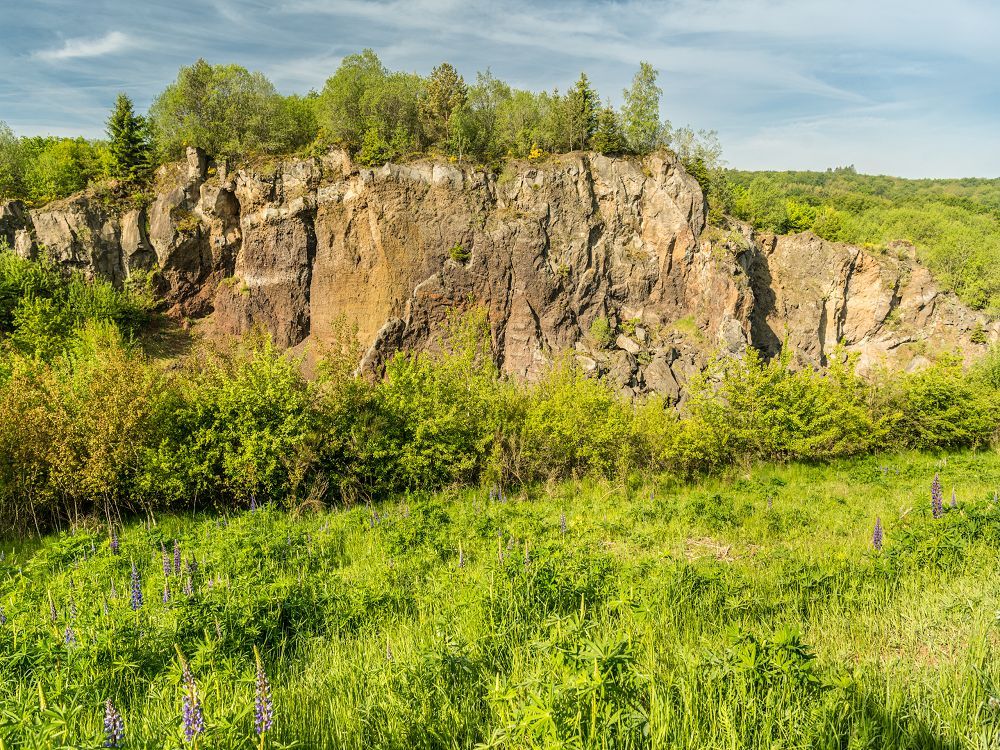
-a6d4c6f8.jpeg)

